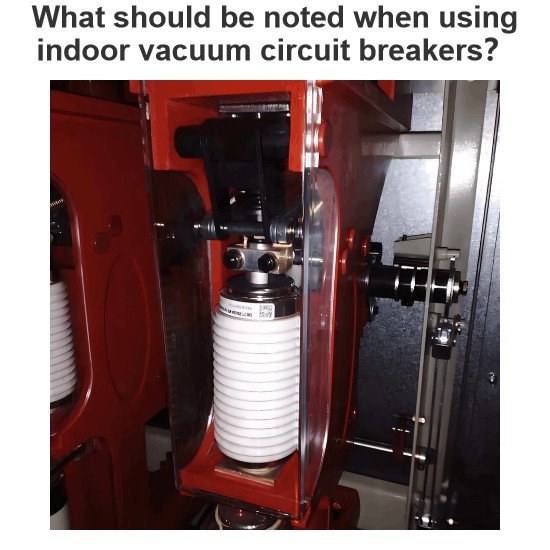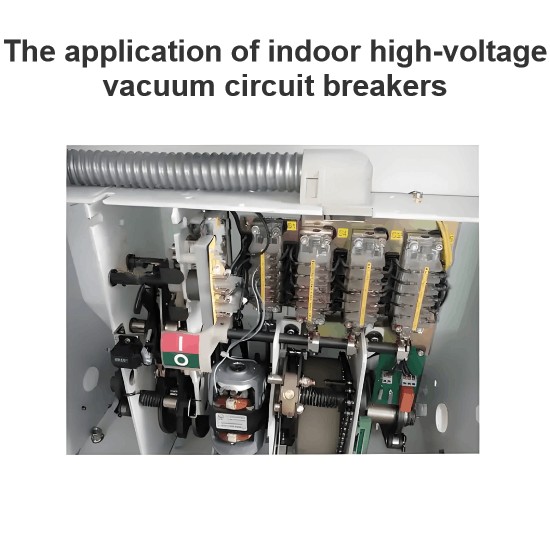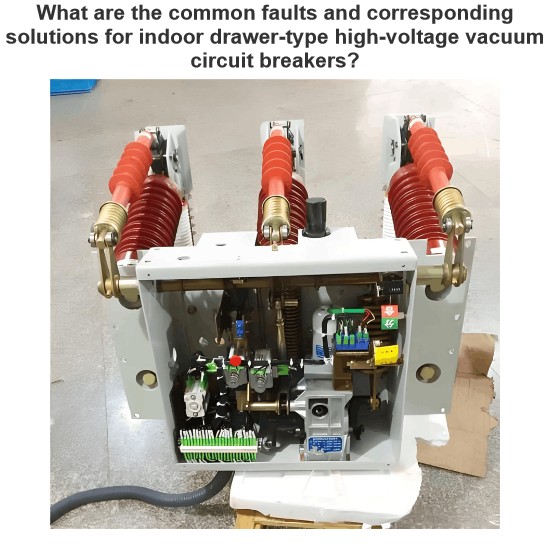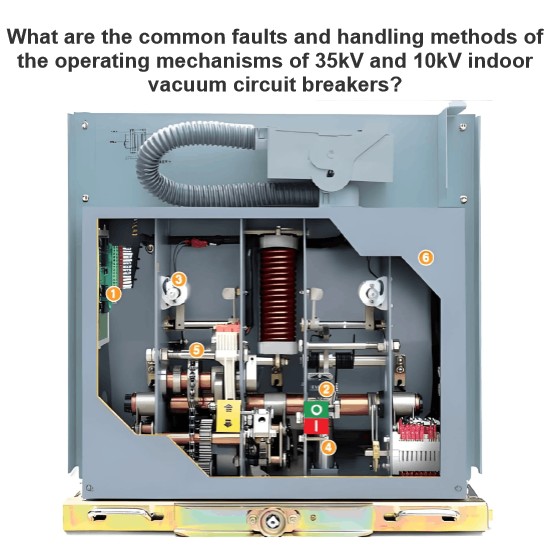What are the criteria for choosing an electrical circuit breaker?
Criteria for Selecting Electrical Circuit Breakers
Choosing the right electrical circuit breaker is crucial for ensuring the safe and reliable operation of power systems. When selecting a circuit breaker, multiple factors must be considered to ensure its performance meets the specific application requirements. Below are the main criteria for selecting an electrical circuit breaker:
1. Rated Voltage
Definition: The rated voltage of a circuit breaker is the maximum voltage at which it can safely operate. This is typically classified into low voltage (LV), medium voltage (MV), and high voltage (HV) breakers.
Selection Consideration: The rated voltage of the circuit breaker must be equal to or higher than the system's rated voltage. If the breaker's rated voltage is lower than the system voltage, it may lead to insulation failure and increase the risk of faults.
2. Rated Current (In)
Definition: The rated current is the maximum current that a circuit breaker can carry continuously under normal operating conditions.
Selection Consideration: The rated current of the circuit breaker should be based on the system's maximum continuous working current. Typically, the breaker's rated current should be slightly higher than the system's maximum load current to provide a safety margin and prevent overloading.
3. Short-Circuit Breaking Capacity (Icn)
Definition: The short-circuit breaking capacity is the maximum current that a circuit breaker can safely interrupt during a short-circuit fault. This is a critical measure of the breaker's protective capability.
Selection Consideration: The short-circuit breaking capacity of the circuit breaker must be greater than or equal to the maximum expected short-circuit current in the system. The system's short-circuit current can be determined through short-circuit calculations or using short-circuit analysis software.
4. Transient Recovery Voltage (TRV)
Definition: Transient recovery voltage refers to the voltage applied across the circuit breaker contacts after it has interrupted a fault current. The rate of rise and peak value of TRV significantly impact the breaker's dielectric recovery capability.
Selection Consideration: The circuit breaker must be able to withstand the maximum transient recovery voltage in the system. For applications with high TRV, such as inductive load switching, a breaker with fast dielectric recovery, like a vacuum breaker, should be chosen.
5. Operating Frequency
Definition: Operating frequency refers to the number of times a circuit breaker can perform opening and closing operations under normal operating conditions. Frequent operations can accelerate wear and tear, affecting the breaker's lifespan.
Selection Consideration: For applications requiring frequent operation (such as motor starting or capacitor bank switching), a circuit breaker with a higher operating frequency should be selected. Additional devices like pre-insertion resistors or snubber circuits can also be used to reduce operational stress.
6. Environmental Conditions
Temperature: The operating temperature range of the circuit breaker must be compatible with the climate conditions at the installation site. Extreme temperatures can affect the breaker's performance and lifespan.
Humidity and Corrosive Gases: In humid or corrosive environments, a circuit breaker with moisture and corrosion protection features should be chosen, or additional protective measures should be implemented.
Vibration and Shock: In environments with significant vibration (such as industrial plants or railway vehicles), a circuit breaker with anti-vibration design should be selected to ensure stability and reliability.
7. Protection Characteristics
Trip Curve: The trip curve of a circuit breaker determines its response time to different current levels. Common types include thermal-magnetic and electronic. Thermal-magnetic trip units are suitable for overload and short-circuit protection, while electronic trip units offer more precise protection characteristics.
Selective Protection: To ensure that faults affect only the minimum area of equipment, circuit breakers should have selective protection capabilities. By properly configuring the trip curves of upstream and downstream breakers, faults can be accurately located and isolated, preventing widespread outages.
8. Installation Method
Fixed vs. Drawer-Type: Fixed circuit breakers are directly installed in switchgear, while drawer-type breakers can be easily maintained and replaced via a drawer mechanism. Drawer-type breakers are better suited for applications requiring frequent maintenance or replacement.
Outdoor vs. Indoor: Outdoor-installed circuit breakers need to have waterproof and dustproof features, while indoor-installed breakers can be designed according to specific environmental requirements.
9. Cost and Maintenance
Initial Cost: Different types of circuit breakers (such as vacuum, SF6, and air) vary in price. When selecting a breaker, it's important to balance budget constraints with performance requirements to choose the most cost-effective option.
Maintenance Cost: Some circuit breakers require regular maintenance (e.g., SF6 breakers need gas replenishment), while others (like vacuum breakers) are almost maintenance-free. Maintenance costs are an important factor in the selection process.
10. Certification and Standards
International Standards: Circuit breakers should comply with relevant international standards, such as IEC 60947 (for low-voltage switchgear and controlgear) or IEC 62271 (for high-voltage switchgear and controlgear). These standards ensure product quality and safety.
National or Regional Standards: Depending on local regulations, circuit breakers must also meet national or regional certification standards, such as China's GB standards or Europe's CE mark.
11. Special Application Requirements
DC Systems: For DC systems, special attention must be paid to the selection of circuit breakers because extinguishing a DC arc is more challenging than an AC arc. Breakers specifically designed for DC applications should be chosen.
Renewable Energy Systems: In solar, wind, and other renewable energy systems, circuit breakers must adapt to fluctuating power sources and offer rapid response and high reliability.
Marine and Aerospace Applications: In marine and aerospace environments, circuit breakers must meet specific environmental requirements, such as vibration resistance, shock resistance, and lightweight design.
Conclusion
Selecting the appropriate electrical circuit breaker requires a comprehensive evaluation of multiple factors, including rated voltage, rated current, short-circuit breaking capacity, transient recovery voltage, operating frequency, environmental conditions, protection characteristics, installation method, cost and maintenance, certification standards, and special application requirements. By carefully assessing these criteria, you can ensure that the selected circuit breaker not only meets the current application needs but also provides long-term stable operation, ensuring the safety and reliability of the power system.
The Electricity Encyclopedia is dedicated to accelerating the dissemination and application of electricity knowledge and adding impetus to the development and innovation of the electricity industry.













